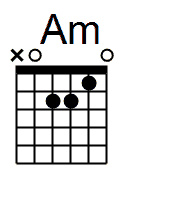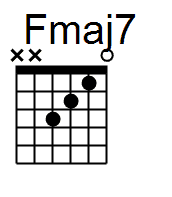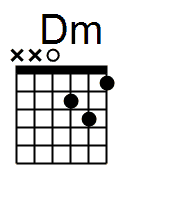As cliche as it might sound, Hotel California is one of my all-time favorite songs. If you’ve ever tried to learn this song you’ll notice it has bar chords. Today I’m going to show you how to play this song without bar chords.
To start, I’m using a capo on the second fret. This makes it so we can play along to the recording in the right key. If you don’t have a capo, no worries!
I’m going to call the chords by their shapes. So when I say “play an A minor”, you’ll play the A minor shape. Since you have a capo on the second fret, it will really be a B minor. But it’s much easier to call them by the shapes instead of transposing in your mind. I’ll do the same thing with the frets. When I say “first fret”, it will really be the third fret. But it’s the first after the capo.
How To Play Hotel California Without Bar Chords
We’re going to learn the two main parts: the Verse and the Chorus. The verse starts with an A minor chord, and switches to an E7. There’s an easy way to change between these. Play an A minor chord, lift your ring finger, and shift your index and middle fingers down a string.
The E7 is like the E major chord, but the fourth string is open. You’ll strum all six strings.


From the E7 we’ll play a G chord. I like to use a four finger G chord. This has a little more of a modern feel. It also transitions better to the next chord.

From the four finger G, we’ll play a D. Keep your ring finger down on the second string and use it as a pivot point. This will help you change chords faster. Finding shared notes when switching chords will go a long way to a clean chord change.

Now we're going to the F chord. We’re not going to play the full or partial bar chord though. We’re modifying it slightly to an Fmaj7 chord. The open E string makes it a major 7 chord. This is an easier chord to play but it also adds a lot of color to the progression.

And then from here we move to a C chord. Keep your first finger on the second string, first fret. Then move your middle finger and ring finger down one string. Same frets for both, just one string lower.
The C to Dm is an uncommon change. You won’t see this very often. Practice changing between these two chords a few times until it feels a little more natural.


And finally we’ll end the progression on an E chord. It’s not an E7 like it was earlier.

Here’s the full progression, with one chord per measure:
- Am-E7-G-D
- Fmaj7-C-Dm-E
You can hear the strumming pattern at 0:24 in the video. You can also try four strums per chord to start to get used to the chord changes.
The chorus will use the same chords we’ve already learned. Just in a different order:
- Fmaj7-C-E7-Am
- Fmaj7-C-Dm-E
(Note: There’s an optional walking bass lick you can play in between both chorus sections. To see this, go to 7:36 in the video)
Play the verse and the chorus until they both feel somewhat comfortable. Then play them together. Take it as slow as you need to, then gradually increase the tempo.
If you haven't already, subscribe to my YouTube channel. Go ahead and do that now and click that little bell so you don't miss anything.
Did you find this video helpful? Let me know in the comments. I’d really love to know and I'd love to hear your suggestions for any new videos you'd like to see me make.
Learning guitar is a journey not a destination. Let me know how I can best help you to love your journey.
If you enjoyed this lesson, check out this lesson where I teach you how to play Take It Easy by The Eagles.
Save to Pinterest...


